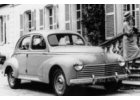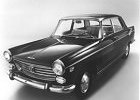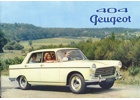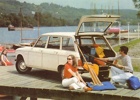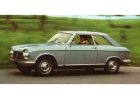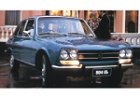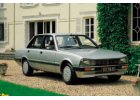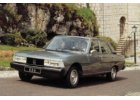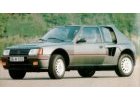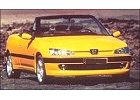|
|
||
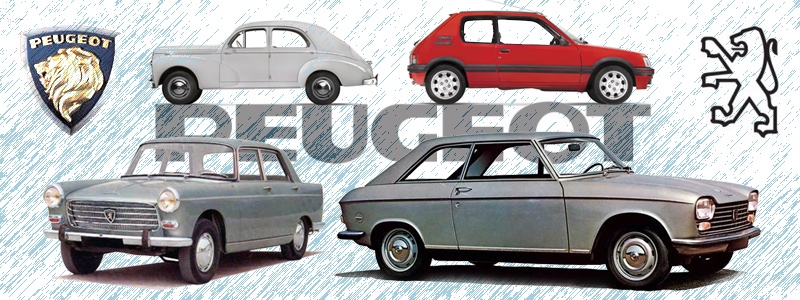
|
|
|||||||||||||||||||||||||||||||||||||||||||||||||||||||||||||||
Established by the Peugeot family in the early 19th century, then concerned with the manufacture of various industrial products, including the bicycle. In 1890, just 4 years after Carl Benz and Gottlieb Daimlers invention of the motor car, Armand Peugeot used Daimlers engine to manufacture his own 4-wheel motor vehicle, based on his quadricycle. A handful of other models were created before the establishment of the Société des Automobiles Peugeot in 1896, the company more simply referred to today as Peugeot. In 1897 Peugeot began the manufacture of their own engine, and followed on with the invention of some of the most important advances in automotive history, including (together with Michelin) the pneumatic tire , use of a steering wheel (instead of tiller) and transmission shaft with universal joint (instead of chain). The Grand Prix car of 1912 was a stunning design, using a hemi-spherical combustion chamber with cross-flow head and 4-valves per cylinder driven by twin overhead camshafts. Peugeot went on to create fairly mundane models between the wars, the most successful of which was the 201, 140,000 being manufactured between 1929 and 1936. The company bounced back after World War 2 with the indestructible 203, Australia playing a part in the cars well deserved reputation following a win in the inaugural Redex Trial. In 1965 Peugeot underwent massive expansion, becoming Peugeot S.A. (PSA), a holding company controlling all the group's different companies. PSA absorbed the bankrupted Citroen in 1976 and the falling European Chrysler-Simca in 1978. The group replaced the latter by resurrecting the almost forgotten marque Talbot, which struggled on for a time until 1986. Most significant of recent times, and responsible for the reverence afforded the marque today, was the arrival of 205 GTI in 1983. Also see: The History of Peugeot |
|||||||||||||||||||||||||||||||||||||||||||||||||||||||||||||||
|
|||||||||||||||||||||||||||||||||||||||||||||||||||||||||||||||
|
|||||||||||||||||||||||||||||||||||||||||||||||||||||||||||||||
